I. Introduction
Endoscopic technology enables visualization of internal body structures through minimally invasive means, becoming a critical tool for diagnosing and treating gastrointestinal, respiratory, and urinary system disorders. However, the enclosure materials face multiple challenges:
-
Chemical corrosion: Exposure to blood, tissue fluids, and drug residues during surgery, as well as repeated immersion in strong oxidizing disinfectants such as glutaraldehyde and peracetic acid.
-
Physical damage: Frequent bending and friction can cause surface coating peeling, accelerating corrosion.
-
Biocompatibility: Materials must avoid releasing harmful substances to ensure diagnostic and therapeutic safety.
Although traditional plastics like ABS and PC are cost-effective, they lack sufficient corrosion resistance, leading to issues such as cracking and discoloration over time. Therefore, developing an enclosure system that combines corrosion resistance, mechanical strength, and biosafety has become a core requirement for upgrading endoscopic technology.
II. Structural Optimization and Corrosion Protection Design
2.1 Integrated Molding Technology
-
Multi-cavity structural design: Adopting dual-color injection molding to integrate PEEK enclosures with silicone sealing rings, eliminating the risk of crevice corrosion in traditional assemblies.
-
Hydrodynamic optimization: Designing micrometer-scale drainage channels on the enclosure surface to facilitate rapid slippage of disinfectants, reducing residual time.
2.2 Stress Concentration Control
-
Rounded transition design: Enclosure edges feature R-angles ≥2 mm to avoid stress concentration at sharp corners, preventing cracking.
-
Gradient density structure: Utilizing 3D printing to achieve a gradual density transition from the distal end (high density) to the handle (low density), balancing stiffness and lightweight requirements.
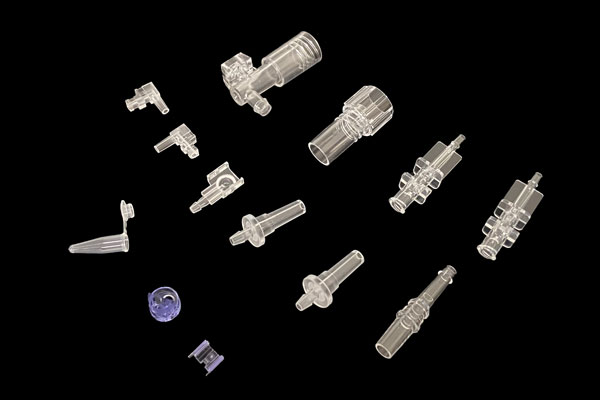
III. Performance Validation and Clinical Application
3.1 Accelerated Aging Tests
-
Chemical corrosion testing: Samples were immersed in 5% NaCl solution, 10% H₂O₂ solution, and artificial gastric juice for 72 hours, with a mass loss rate <0.1%.
-
Thermal cycling testing: Subjected to 1000 cycles between -40°C and 85°C, with no deformation or cracking observed in the enclosure.
3.2 Clinical Feedback
A tertiary hospital conducted 2000 surgical procedures using the improved endoscope, with the following results:
-
A 92% reduction in surface corrosion spots after disinfection.
-
A decrease in device failure rate from 8.3% to 1.2%.
-
A 40% reduction in per-use cost due to extended sterilization cycles and service life.
IV. Conclusion and Outlook
The corrosion-resistant endoscope enclosure system proposed in this paper achieves comprehensive improvements in corrosion resistance, mechanical strength, and biosafety through the synergistic design of integrated molding structures and multi-layer protective coatings. Future research directions include:
-
Smart self-healing coatings: Developing polymer materials capable of autonomously repairing microcracks.
-
Biomimetic hydrophobic surfaces: Designing superhydrophobic-superoleophobic dual-repellent enclosures inspired by the lotus effect.
-
Sustainable materials: Exploring the application of bio-based polymers in endoscope enclosures to reduce environmental impact.
Through the deep integration of materials science and engineering technologies, corrosion-resistant endoscope enclosure systems will provide robust support for the precise and safe development of minimally invasive medicine.
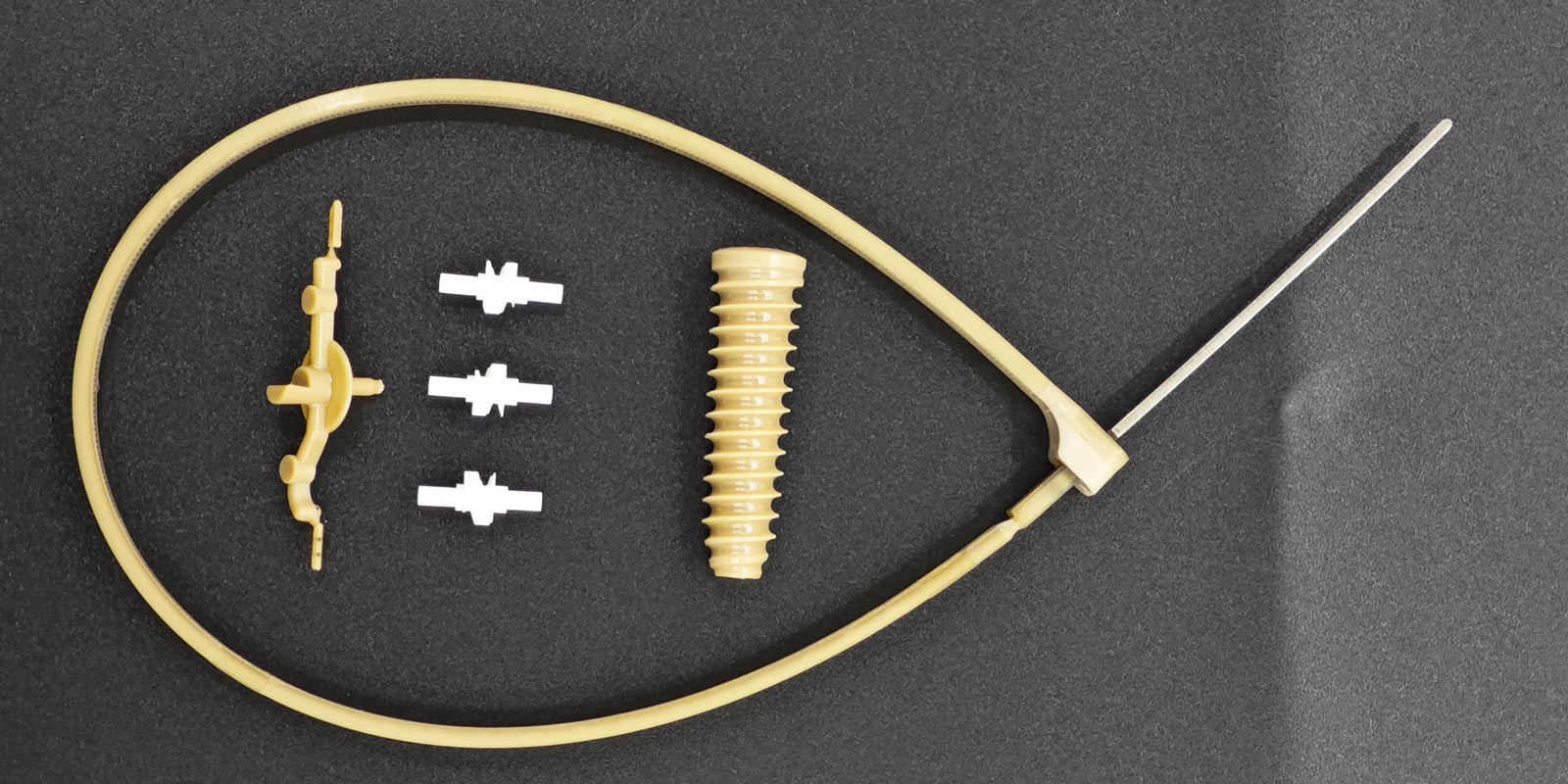
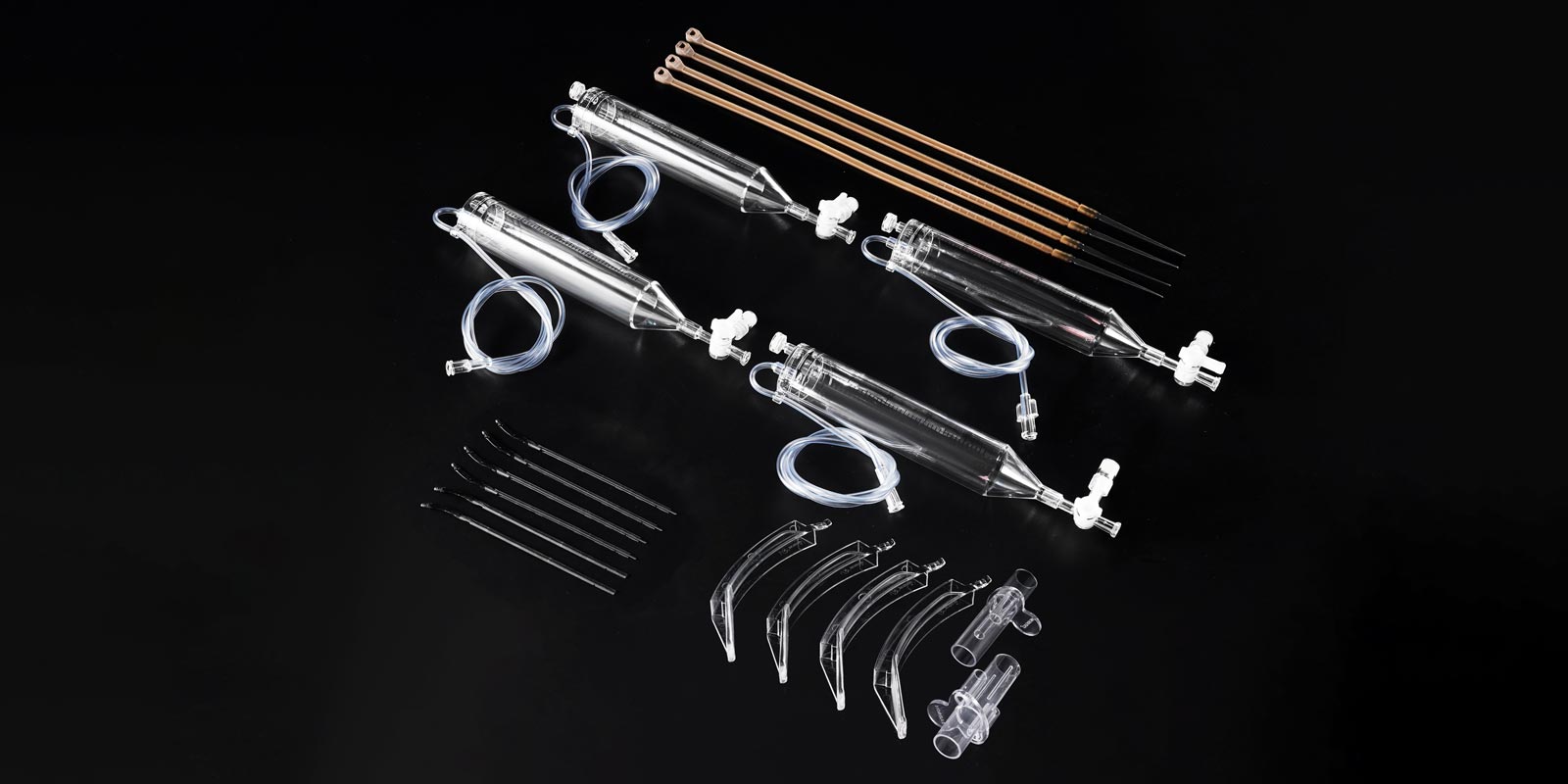
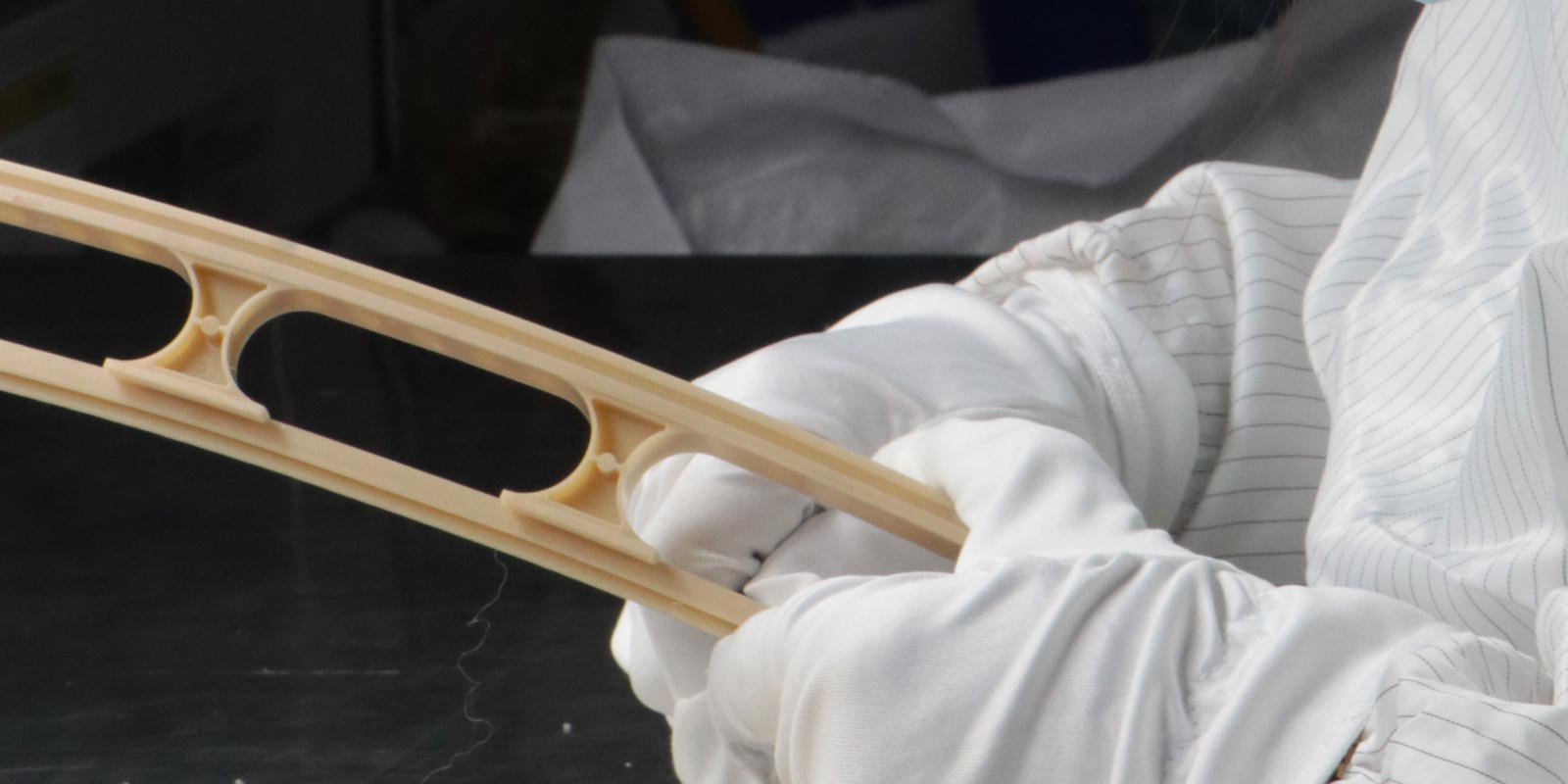
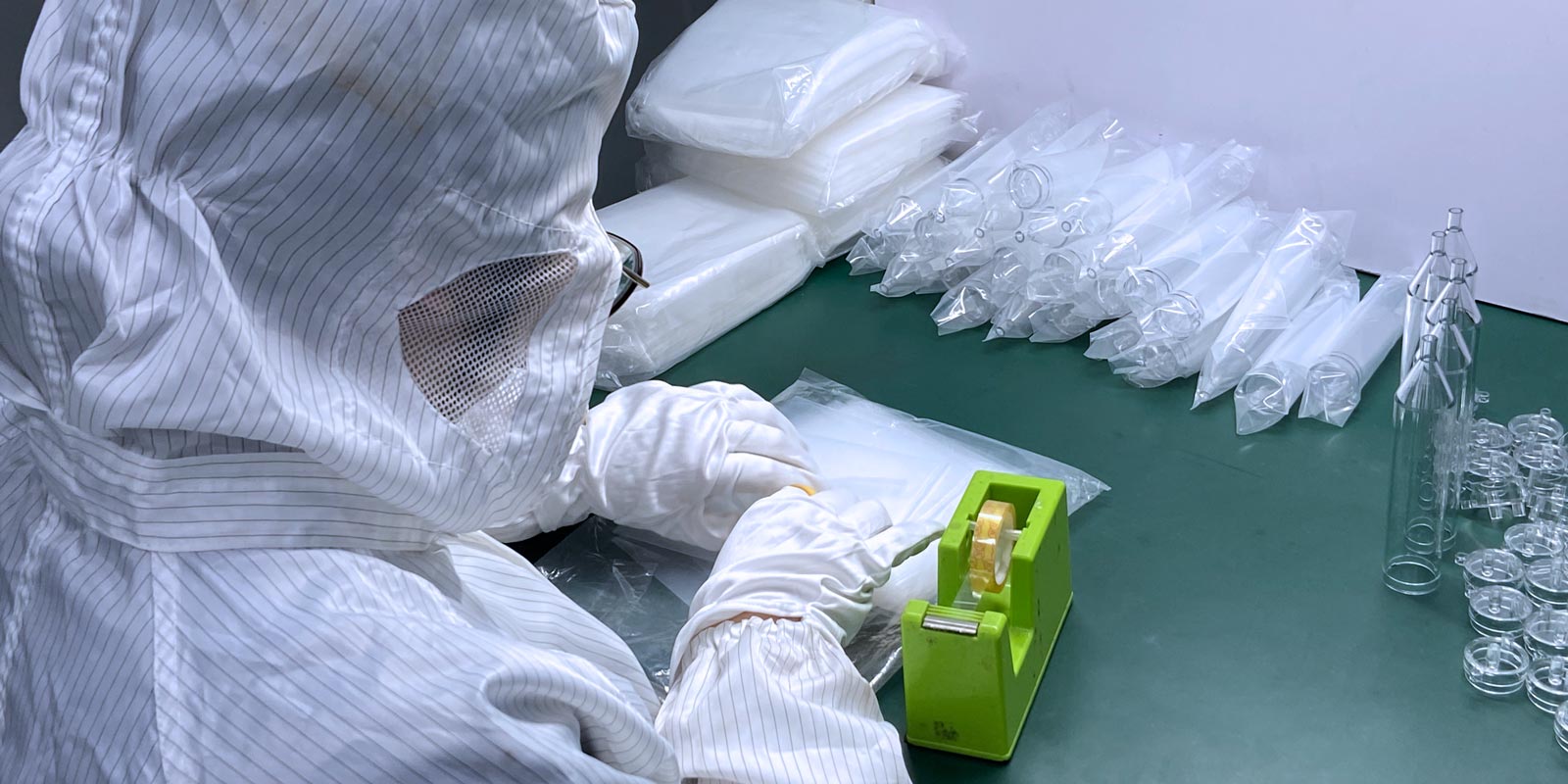
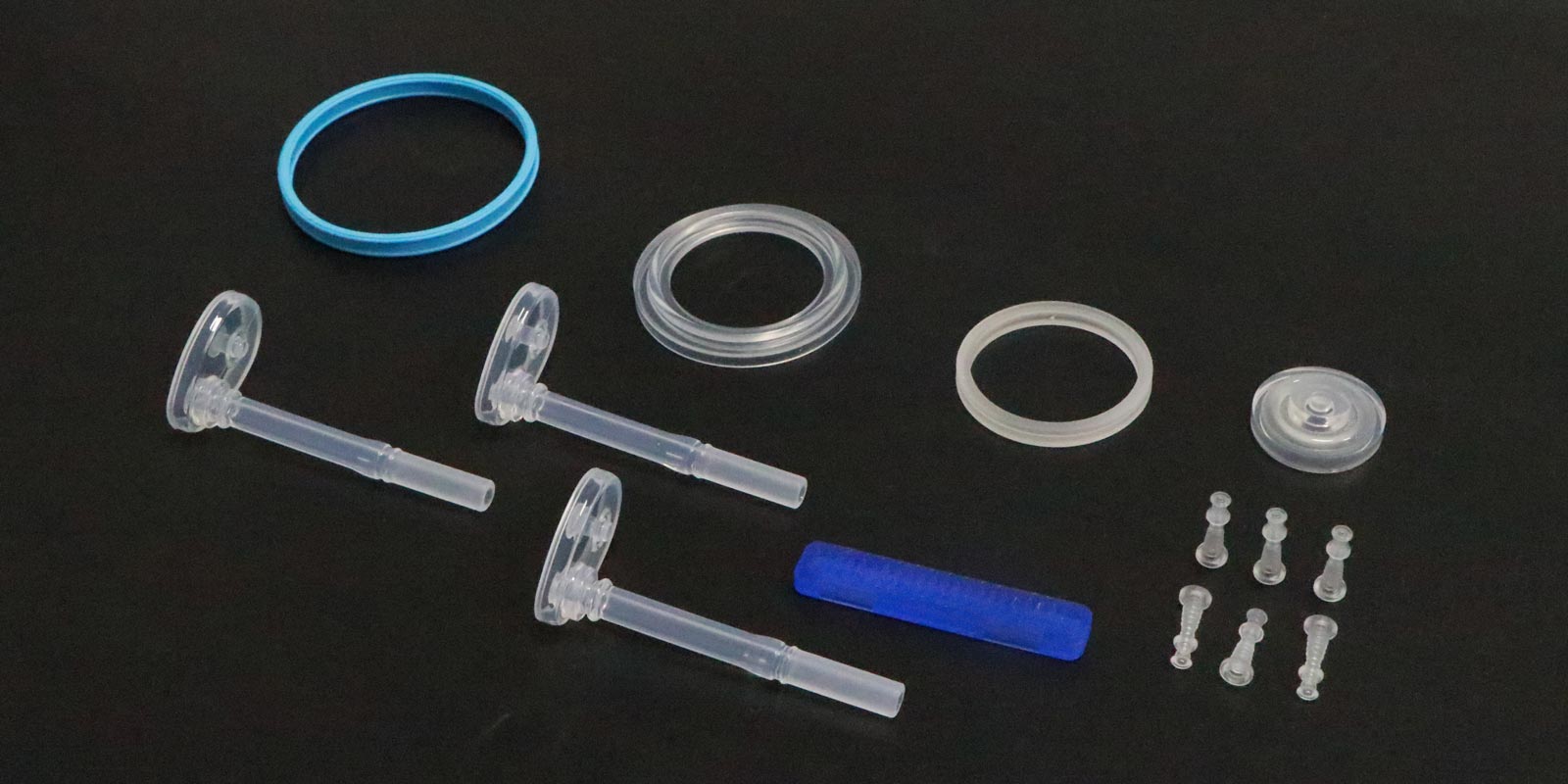
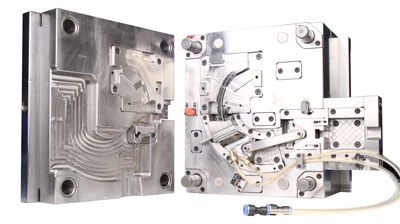
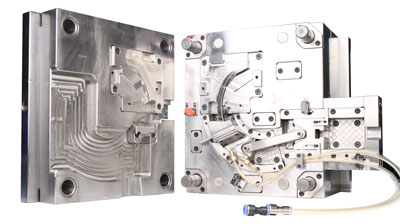
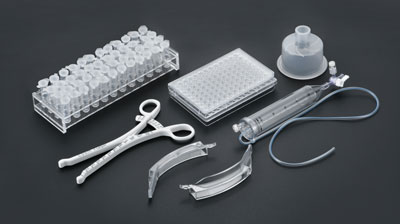
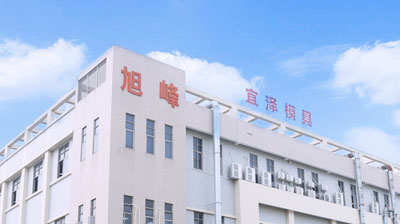







 Home
Home
